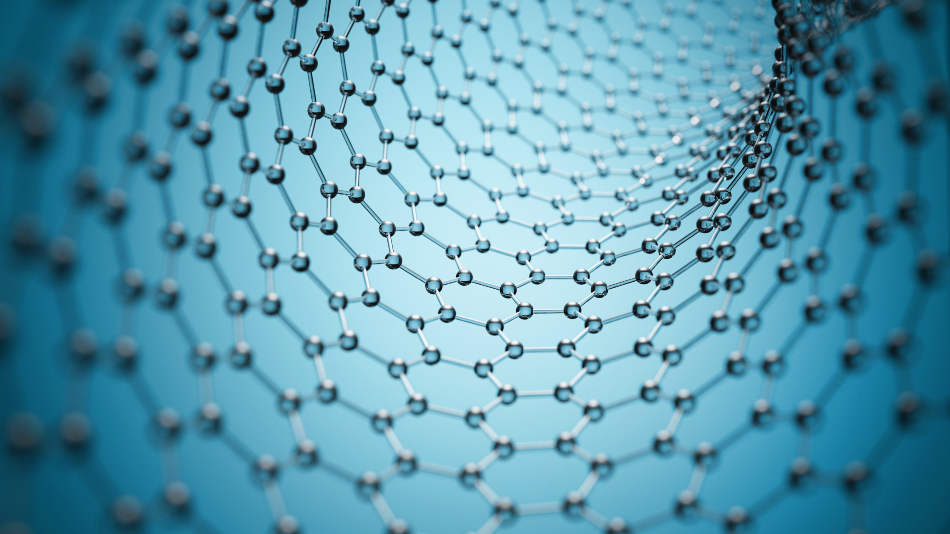
Image Credit: koya979 / Shutterstock.com
A team of researchers at The University of Manchester has recently announced the results of a series of experiments. These experiments have revealed the true levels of impermeability to gases and liquids of graphene as well as other two-dimensional materials.
The work, which was published in the journal Nature this month has uncovered that graphene works as a catalyst for splitting hydrogen, which should see it being developed as a cheap and available catalyst in the future.
Graphene’s Incredible Impermeability
Back in 2004, scientists isolated the two-dimensional single layer of carbon for the very first time. Since then, research exploring the full potential of graphene has boomed. Already it has found applications in a number of fields of science, being used in sensors, electronics, as coatings in paints, as a component in solar panels, in DNA sequencing and drug delivery, and more.
It has also been identified as a material that can prevent the permeation of gases and liquids at room temperature because it would require an atom with incredibly high energy to penetrate graphene’s monolayer in ambient conditions.
Scientists believe that finding an atom with sufficient energy to do this is so rare that it would take longer than the lifetime of the universe to find it. Experiments have been gathering evidence to support this theory for over a decade, with scientists proving that graphene is less permeable than quartz film is to helium atoms, even though quartz film is 100,000 thicker than one-atom-thick graphene.
Testing the Impermeability of Graphene
To test the true impermeability of graphene, a team of scientists at The University of Manchester established a method that is billions of times more sensitive to gas atoms permeating it than any previously developed methods. The team drilled wells into monocrystals of graphite or boron nitride at the micron scale. These were then covered with a graphene membrane.
As graphene’s membrane of atoms is flat, it works to create an air-tight seal over the wells, meaning that the only way for atoms and molecules to enter the container is by permeating the membrane. The sealed wells, or containers, were placed in helium gas. Evidence of atoms entering or exiting the container was demonstrated by a reduction or increase in pressure. An atomic force microscope was used to monitor these changes.
The results support previous studies that have demonstrated the high catalytic activity of graphene.
Graphene’s Surprising Permeability to Hydrogen
Researchers were able to accurately record the number of atoms or molecules that were able to move through the graphene from measuring changes in the membrane position. Just a few helium atoms were seen to enter or exit the container each hour. Helium is known to be the most permeating of all gases, so the fact that these atoms were rarely able to penetrate the graphene membrane is significant in demonstrating the high impermeability of the material.
The scientists repeated the experiments with other gases, all of which showed incredibly limited abilities to permeate graphene, if at all, apart from hydrogen. The results showed that hydrogen was fairly successful at permeating graphene which surprised the scientists working on the project. Given that hydrogen atoms are much larger than helium, it is unexpected that they should permeate graphene more easily.
Graphene as a Catalyst for Hydrogen Splitting
As hydrogen molecules are larger than helium molecules, scientists were unsure what allowed it to easily permeate graphene. The observed nanometre-sized ripples in the graphene membrane are thought to act catalytically, dissociating absorbed molecular hydrogen into two separate atoms which can then permeate the graphene membrane, thus demonstrating graphene’s previously unknown characteristic as a catalyst for hydrogen splitting.
The results of these experiments provide the first evidence of graphene as a catalyst, a characteristic that needs to be explored by further studies.
Disclaimer: The views expressed here are those of the author expressed in their private capacity and do not necessarily represent the views of AZoM.com Limited T/A AZoNetwork the owner and operator of this website. This disclaimer forms part of the Terms and conditions of use of this website.